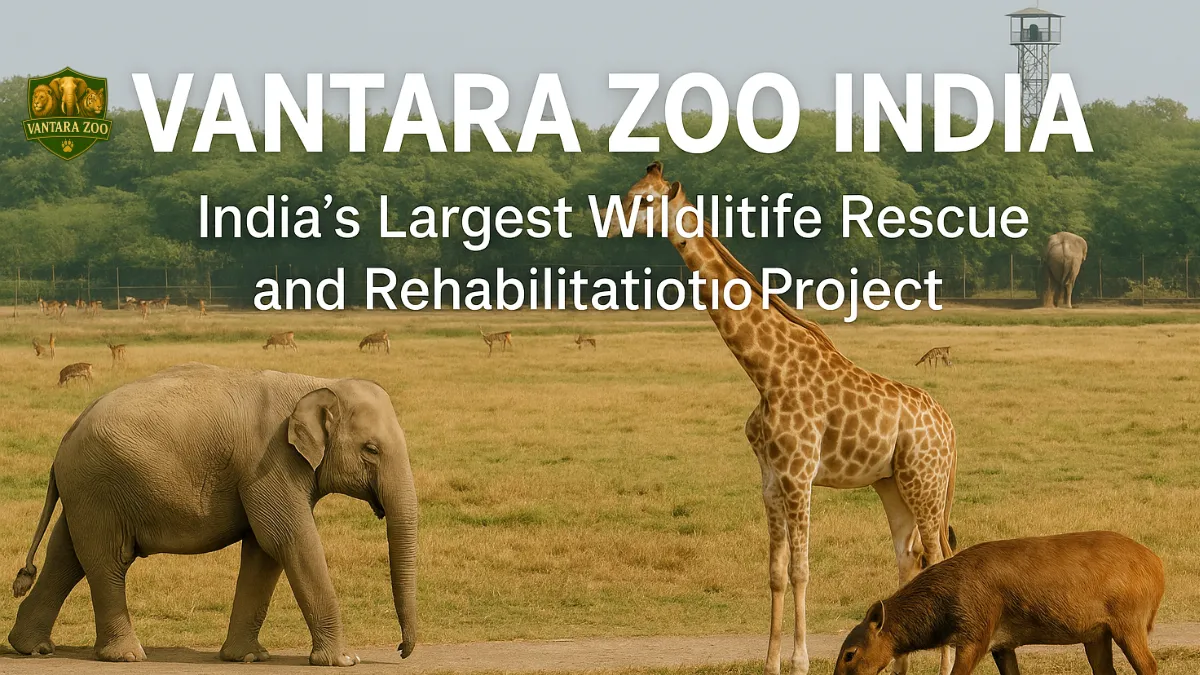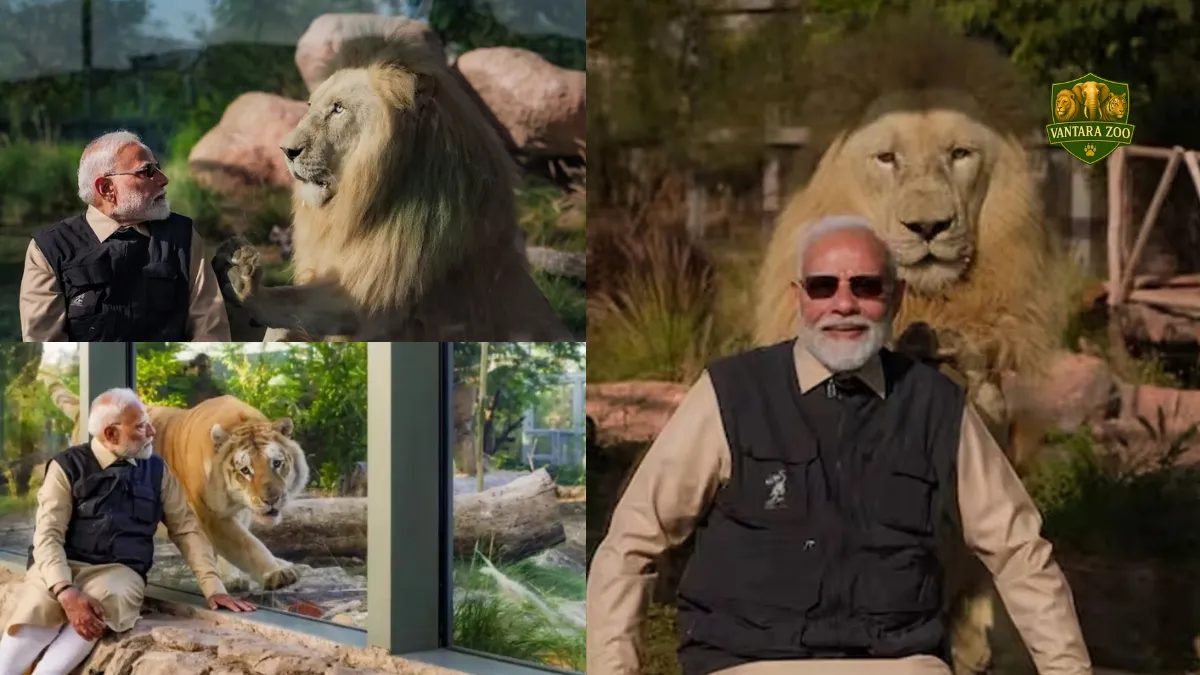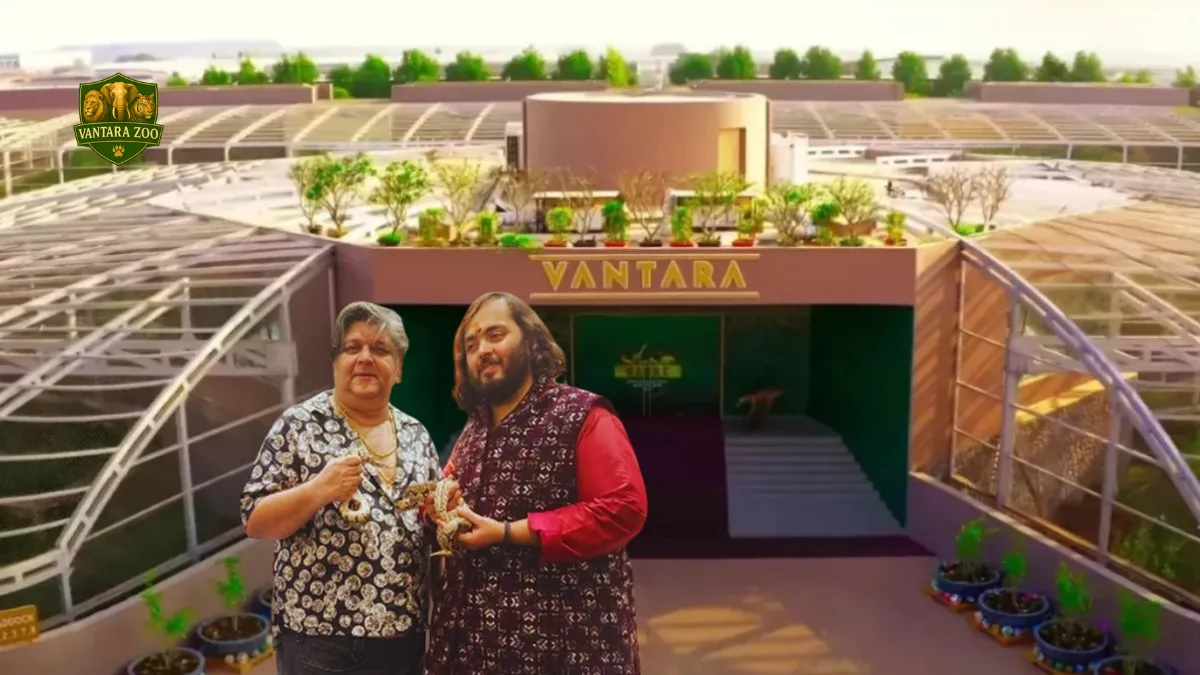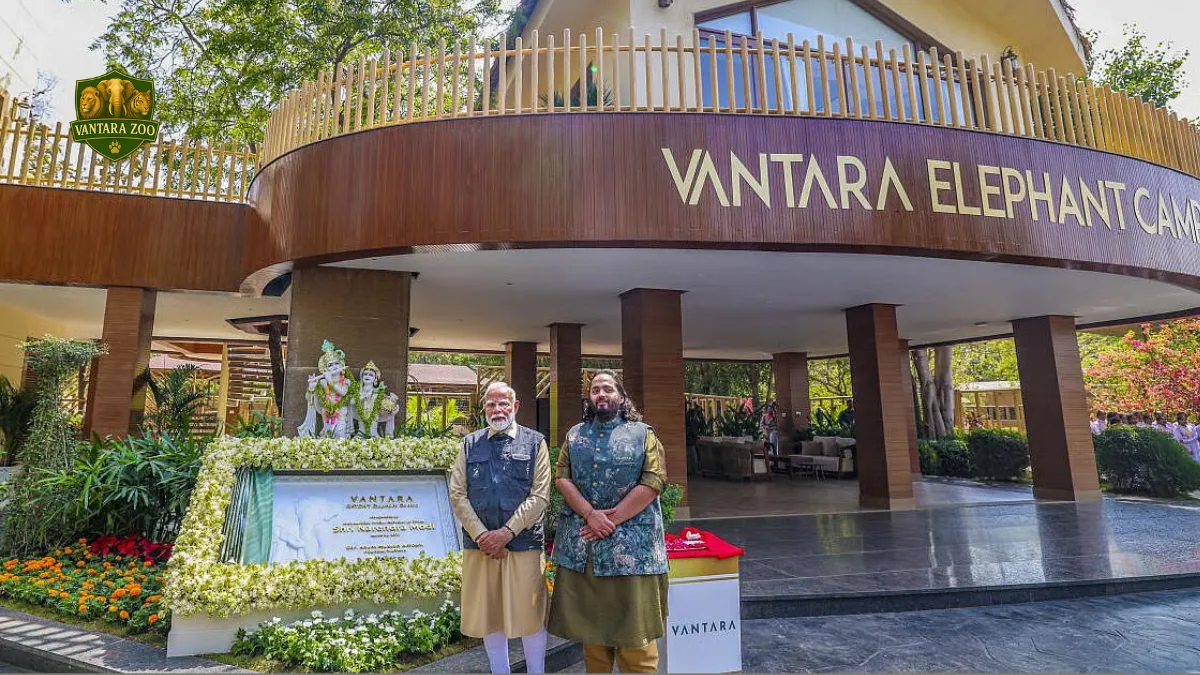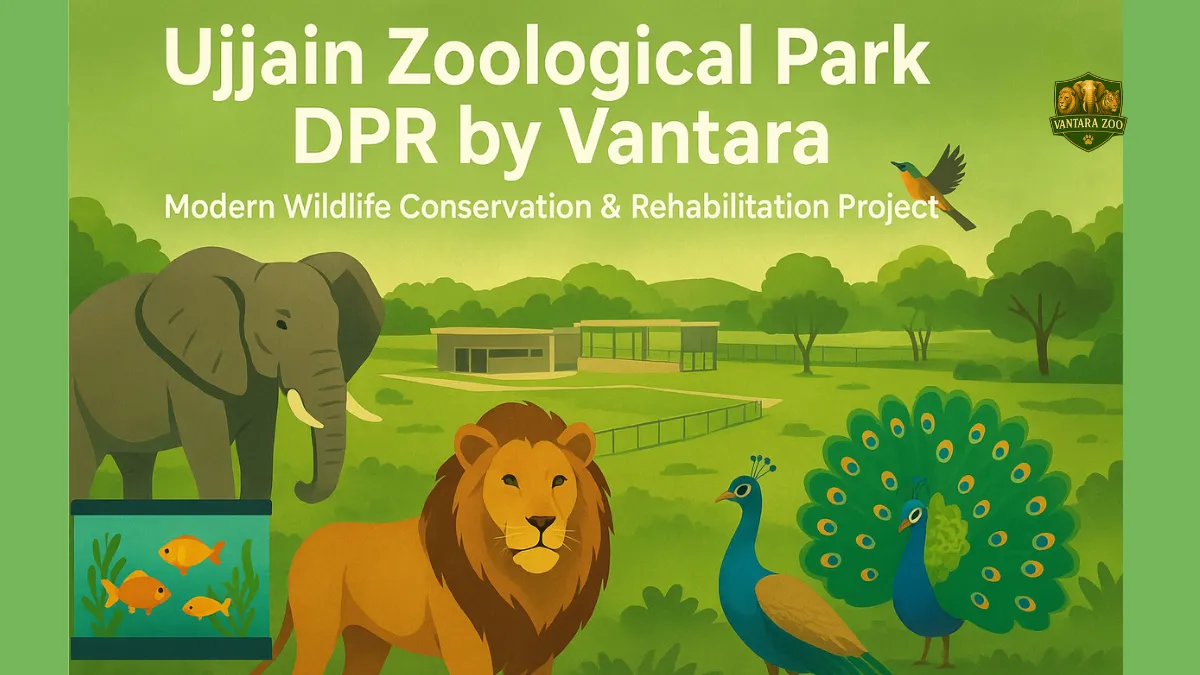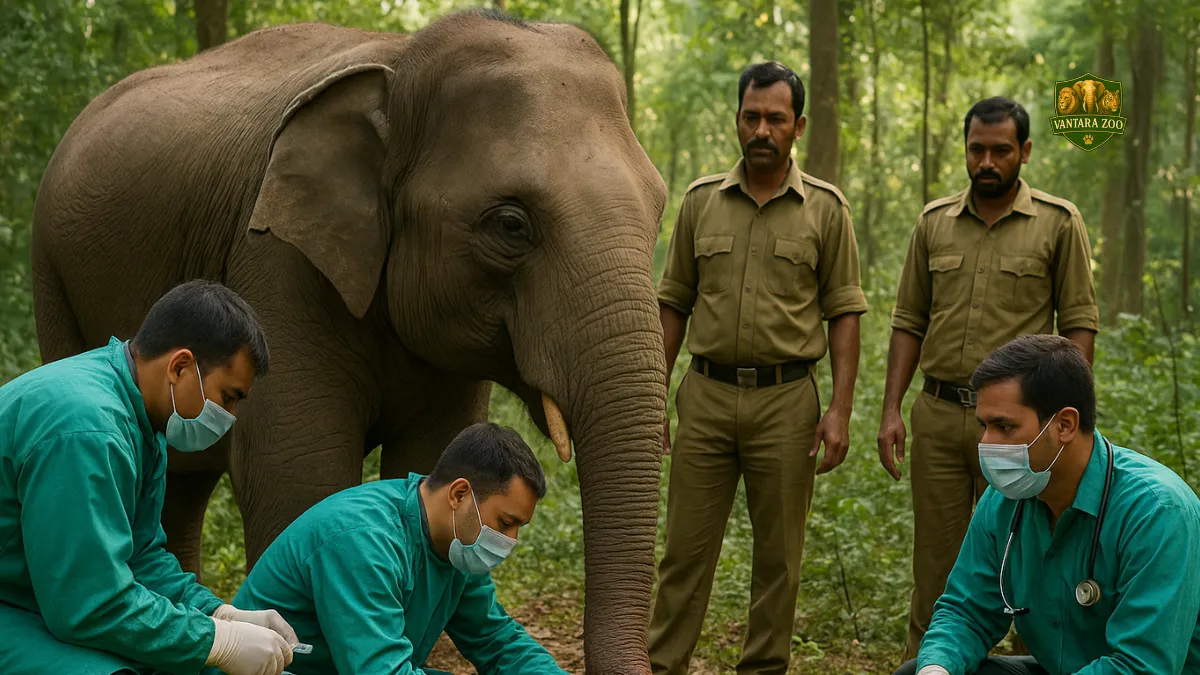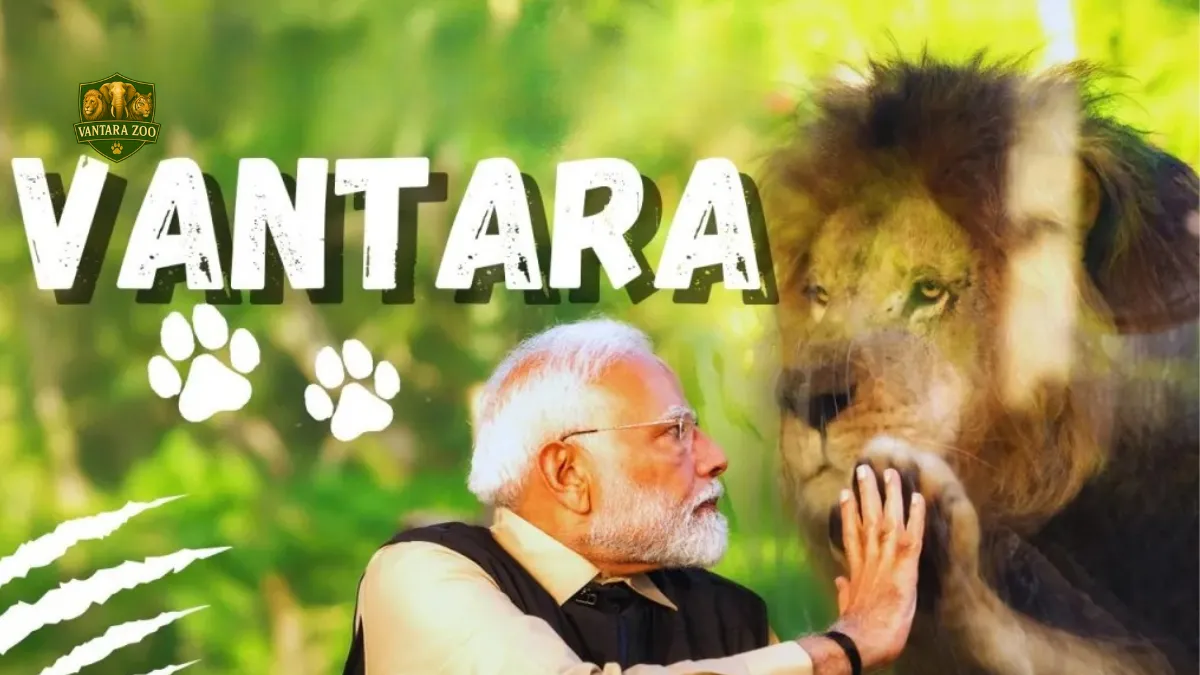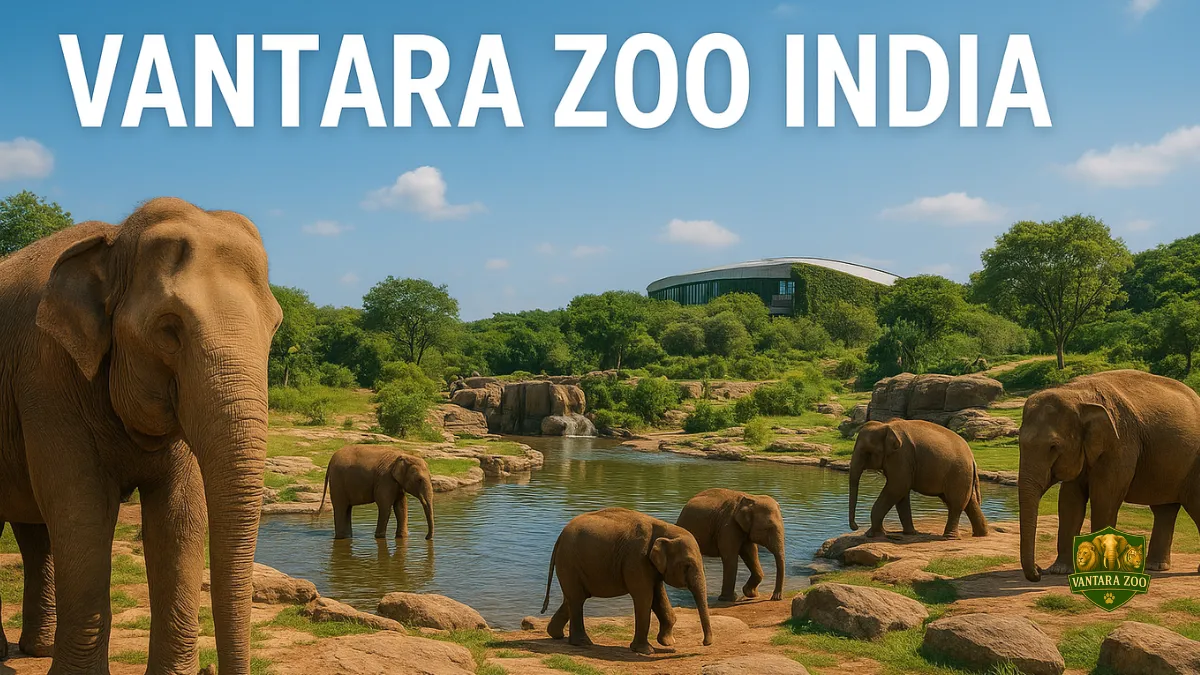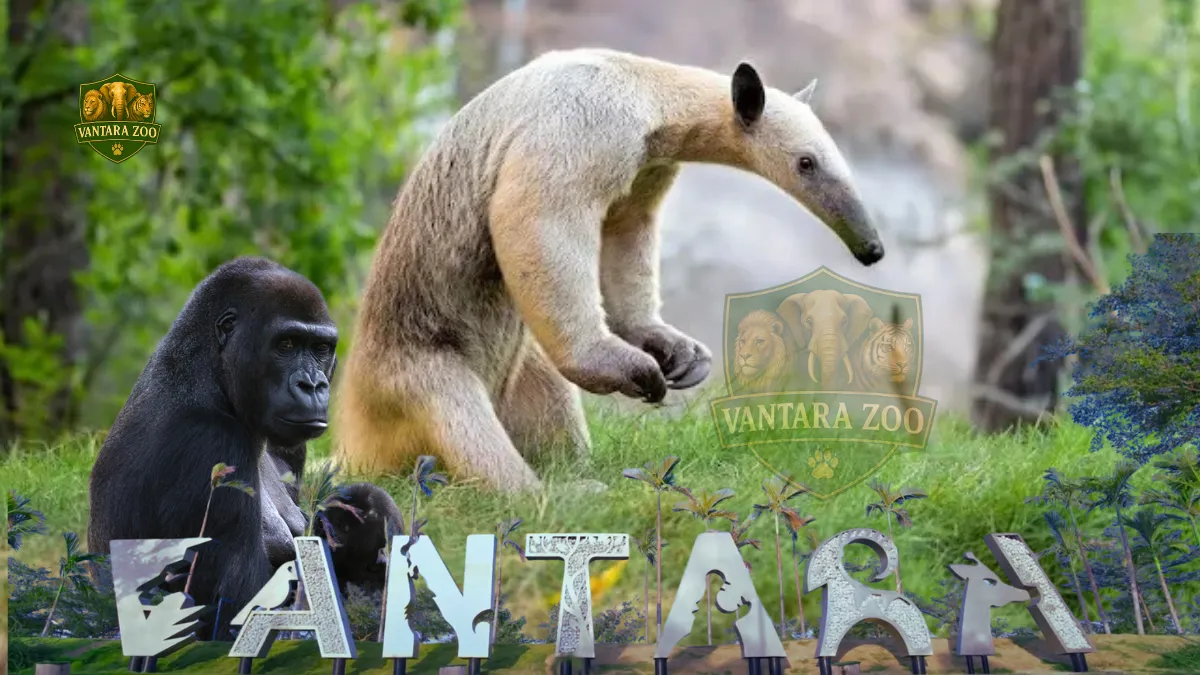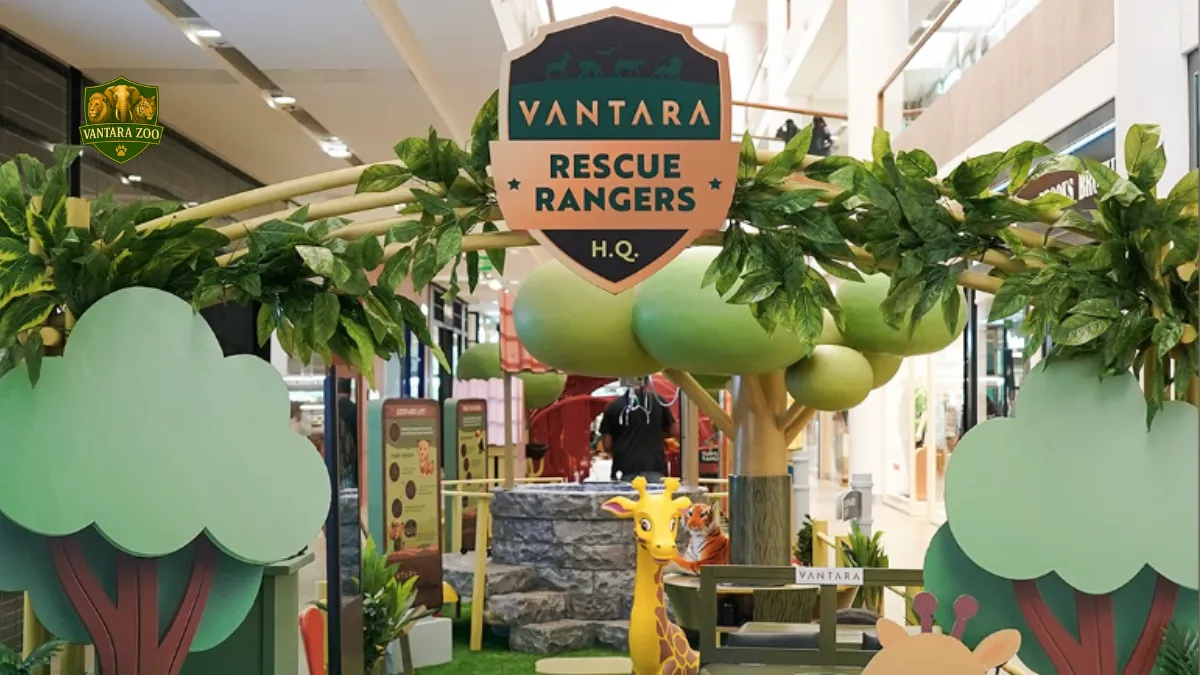Vantara Zoo India is redefining wildlife care in the country. Situated in Jamnagar, Gujarat, this vast sanctuary is not a typical zoo. It’s a mission-driven project that focuses on rescuing, rehabilitating, and providing lifelong care to animals from across India and the world. With an expanse of over 3500 acres, it is designed as a safe haven where animals can recover and thrive in a setting that mirrors their natural habitats.
The Vision Behind Vantara Zoo India
The name Vantara means “Star of the Forest,” and the project truly lives up to it. Initiated by the Reliance Foundation, the aim was to create a state-of-the-art facility where wildlife could find safety, medical attention, and dignity. Unlike many traditional zoos, which often operate with a focus on public entertainment, Vantara Zoo India prioritises animal welfare and conservation above all else.
The concept behind the zoo was inspired by the growing need to protect wildlife from poaching, habitat loss, illegal trade, and human-wildlife conflict. Over the years, many animals in India have suffered from inadequate care, lack of veterinary facilities, and cramped enclosures. This facility addresses those issues head-on.
Key Facts About Vantara Zoo India
| Feature | Details |
|---|---|
| Location | Jamnagar, Gujarat |
| Area | Around 3500 acres |
| Purpose | Wildlife rescue, rehabilitation, and conservation |
| Animal Population | Over 150,000 animals from 2,000+ species |
| Special Facilities | Wildlife hospital, elephant care centre, hydrotherapy pools, ICU units |
| Public Access | Not currently open to general public |
| Focus | Endangered species recovery and long-term care |
Advanced Veterinary Care
One of the standout features of Vantara Zoo India is its world-class veterinary infrastructure. The on-site wildlife hospital spans a massive area and is equipped with the latest medical technology, including:
- MRI and CT Scan machines for advanced diagnostics
- Intensive Care Units (ICUs) for different animal categories
- Endoscopy and pathology labs for detailed examinations
- Hydrotherapy pools for physical rehabilitation of injured animals
- Special Elephant Care Centre with therapeutic treatments such as mud baths, massages, and water therapy
This means that injured or rescued animals receive the same quality of healthcare that humans might expect from a top-tier hospital.
A Safe and Natural Habitat
The enclosures in Vantara are carefully designed to mimic the animals’ native environments. This includes:
- Wide open grasslands for herbivores like deer, antelope, and giraffes
- Wetland zones for water birds and aquatic animals
- Specially cooled shelters for animals from colder climates
- Naturalistic forest enclosures for big cats like lions and tigers
Every habitat is enriched with features that encourage natural behaviour, ensuring animals remain active and mentally stimulated.
Rescue and Rehabilitation Efforts
Many of the animals housed at Vantara Zoo India were rescued from poor living conditions—be it from circuses, illegal pet trade, or neglected private facilities. The zoo’s rescue team works with forest departments and animal welfare organisations to identify animals in distress and bring them to Jamnagar for treatment and recovery.
For some animals, rehabilitation is possible, and they can be reintroduced into the wild. For others—especially those with permanent injuries—Vantara becomes a forever home.
Conservation and Breeding Programs
Vantara is not just about rescuing animals; it’s also about ensuring the survival of endangered species. The facility runs breeding programs for certain threatened species with the goal of increasing their populations. This is done under strict guidelines to maintain genetic diversity and prevent inbreeding.
Some of the species expected to benefit from these efforts include:
- Asiatic lions
- Indian leopards
- Great Indian hornbills
- Indian star tortoises
- Rare exotic species rescued from illegal trade
Role in Public Education
Although the zoo is not open to general visitors at the moment, there are plans to introduce controlled educational visits in the future. These visits will be focused on awareness rather than entertainment. Students, researchers, and wildlife enthusiasts will be able to learn about animal behaviour, rescue operations, and conservation techniques.
This educational approach will help create a new generation of conservation-minded citizens who understand the importance of protecting wildlife.
Employment and Local Impact
Vantara Zoo India has also created opportunities for the local community. From veterinary professionals and animal caretakers to horticulturists and security staff, hundreds of people are employed here. The project also sources local materials and services, supporting the surrounding economy.
Challenges and Commitments
Running a sanctuary of this scale is not without challenges. The cost of maintaining large enclosures, feeding thousands of animals, and operating advanced medical facilities is immense. However, the project’s commitment to transparency and quality care sets it apart. Strict protocols are followed for food quality, hygiene, and staff training.
Another challenge is ensuring the mental well-being of the animals. For this, Vantara invests in enrichment activities—like toys, climbing structures, pools, and interactive feeding—to keep animals engaged.
Future Plans for Vantara Zoo India
The vision for Vantara is long-term. Future plans include:
- Expansion of rescue operations to more states in India
- Collaboration with international wildlife bodies for knowledge sharing
- Creation of an on-site research and training institute for veterinary science
- Launch of awareness campaigns for schoolchildren across the country
Also read: Vantara Zoo: India’s Largest Animal Rescue and Rehabilitation Center
Why Vantara Zoo India Is Important for India’s Wildlife Future
India is home to incredible biodiversity, but it also faces threats from deforestation, urbanisation, climate change, and illegal wildlife trade. Facilities like Vantara Zoo India offer hope—not just for the animals that are rescued, but for the larger cause of conservation.
By combining medical expertise, ethical care, and a commitment to natural living spaces, Vantara sets a benchmark for how wildlife rescue should be done. It is a reminder that human progress should never come at the cost of nature’s most vulnerable creatures.
Also read: Anant Ambani’s Passion Project Vantara: A New Era of Wildlife Rescue and Care
Conclusion:
Vantara Zoo India is more than a zoo—it is a sanctuary, a hospital, a research centre, and a symbol of compassion. Its existence proves that with the right vision and resources, we can protect and nurture wildlife while inspiring future generations to do the same.
